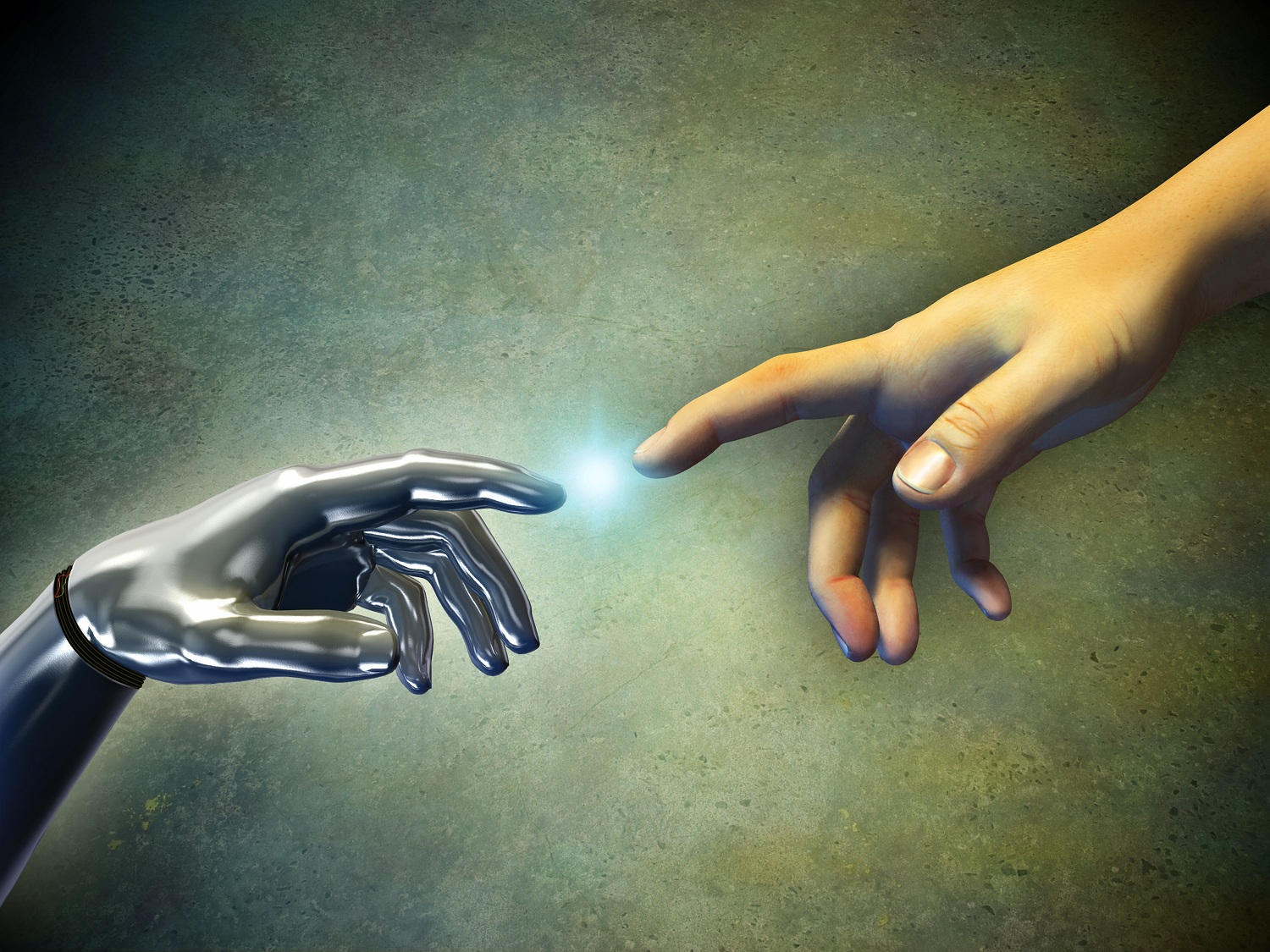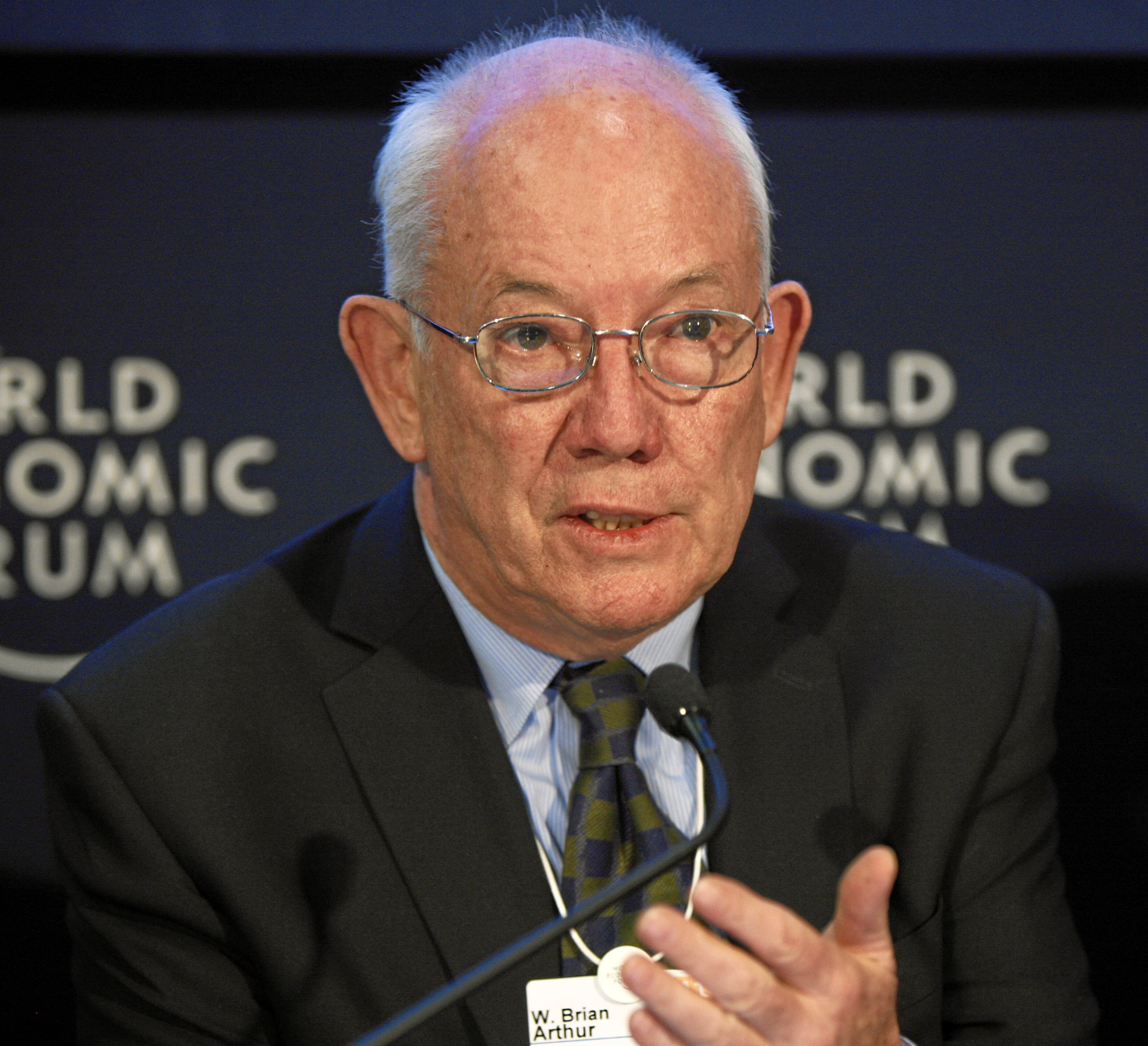Labor Revisited
In part one of a two-part series, guest columnist W. Brian Arthur explores the rise of the digital economy that he believes is beginning to supplant the physical economy.
Posted: March 14, 2012
“In any deep transformation, industries do not so much adopt the new body of technology as encounter it, and as they do so they create new ways to profit from its possibilities.”
I was visiting a CAD/CAM software supplier in Cincinnati earlier this month that automates sheet metal and plate cutting processes so they can run more effectively and extract higher material yields. Their systems not only improve manufacturing cycle times on the shop floor, they also improve the engineering, purchasing, production and inventory control, quality and accounting functions that extend into the front office. The natural goal is not to compete with more output from the same number of people, but more output from fewer people.
This same goal applies to all public and private companies that do business in all non-regulated industries. And because this goal is now being achieved by so many businesses at the same time, automation and technology are radically transforming how you and I do our daily jobs and live our daily lives. Take a moment to think this through and you begin to realize just how valuable the physical workforce that remains really is.
In other words, if a person has not been automated out of a job, that person must be capable of doing something that machines cannot do (yet). But as business strives to compete with more automation and higher technology, fewer people will have physical jobs. This is the “deep and slow and silent” transformation that economist and technology researcher W. Brian Arthur believes is taking place as the digital economy begins to supplant the physical economy.
In his provocative article “The Second Economy” that appears in the October 2011 issue of the McKinsey Quarterly, Arthur argues that this transformation is likely to succeed the Industrial Revolution. That’s a pretty big deal, especially when placed in perspective of the skills shortages and hiring challenges our metalworking industry currently faces. And that is why I want to share his insights with you in this issue of the Forum and next month’s, too. Hold on, you are in for quite a ride:
THE SECOND ECONOMY: PART ONE
In 1850, a decade before the Civil War, the U.S. economy was small, not much bigger than Italy’s. Forty years later, it was the largest economy in the world. What happened in-between was the railroads that linked the east of the country to the west and the interior to both. They gave access to the east’s industrial goods, made possible economies of scale, stimulated steel and manufacturing – and the economy was never the same.

















